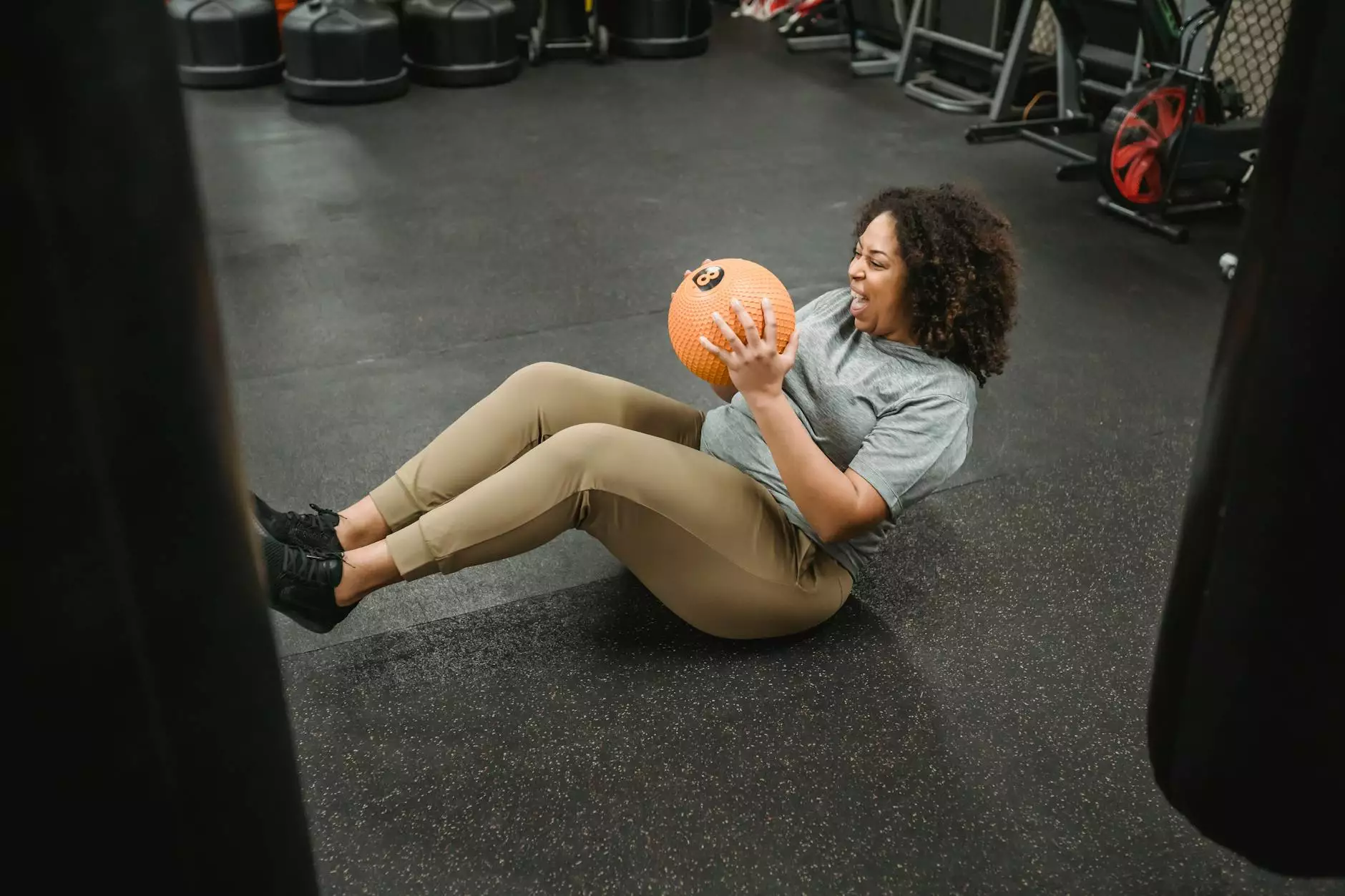The Squat: How to Improve Depth, Increase Muscle
Blog
Welcome to Phoenix Medical Services, where we are dedicated to providing you with the most valuable information on improving your squat depth and increasing muscle mass. Our team of experts has developed this comprehensive guide to help you achieve optimal results in your squatting technique. Whether you are a novice or an experienced lifter, we have got you covered!
Understanding the Squat
The squat is a compound exercise that primarily targets the muscles of your lower body, including the quadriceps, hamstrings, and glutes. It is an excellent exercise for building overall strength, increasing muscle mass, and improving athletic performance. However, many individuals struggle with achieving proper depth in their squat, which limits their ability to maximize the benefits.
Proper Form and Technique
To improve squat depth, it is crucial to focus on proper form and technique. One of the most common mistakes is not maintaining an upright torso during the movement. This can lead to excessive forward lean and improper weight distribution.
Here are some key pointers to help you perfect your squat technique:
1. Stance and Foot Position
Start by setting your feet shoulder-width apart, with toes pointing slightly outward. This stance will allow you to maintain stability throughout the movement and engage the correct muscles effectively.
2. Engage Your Core
Before descending into the squat, engage your core muscles by pulling your navel in towards your spine. This will help stabilize your spine and maintain proper alignment throughout the exercise.
3. Hip Mobility
Proper hip mobility is crucial for achieving proper squat depth. If you have limited mobility, consider incorporating exercises such as hip stretches and mobility drills into your warm-up routine.
4. Brace Your Abs
As you descend into the squat, focus on bracing your abs and maintaining a neutral spine. This will help prevent lower back strain and improve posture during the movement.
5. Gradually Increase Depth
Start with a comfortable depth and gradually work towards increasing it over time. Avoid going too low too quickly, as this can put excessive stress on your joints and increase the risk of injury.
Tips for Increasing Muscle Activation
In addition to improving squat depth, you may also be interested in increasing muscle activation during the exercise. Here are some tips to help you achieve this:
1. Mind-Muscle Connection
Focus on establishing a strong mind-muscle connection and truly engaging the target muscles throughout the squat. This can be achieved by visualizing the muscles working and consciously contracting them during each repetition.
2. Pause Squats
Try incorporating pause squats into your training routine. These involve holding the bottom position of the squat for a few seconds before returning to the starting position. This helps increase time under tension and enhances muscle activation.
3. Tempo Training
Experiment with different tempos during your squats. Slowing down the downward and upward phases of the movement can promote greater muscle recruitment and enhance overall strength gains.
4. Variations and Accessories
Explore different squat variations, such as front squats, goblet squats, or Bulgarian split squats. These variations can target different muscle groups and provide a fresh stimulus for muscle growth.
Troubleshooting Common Issues
Even with the best intentions, some individuals may still encounter issues while performing squats. Here are a few common problems and solutions:
1. Knee Valgus
Knee valgus, or the inward collapse of the knees, can be addressed by focusing on strengthening the hip abductor muscles. Incorporating exercises like clamshells and lateral band walks into your routine can help correct this issue.
2. Heel Lift
If you experience heel lift during your squat, it may be related to limited ankle mobility. Practicing ankle mobility exercises, such as heel-elevated squats or calf stretches, can help improve your range of motion.
3. Lower Back Pain
Lower back pain during squats can be a result of weak core muscles or improper form. Strengthening your core through exercises like planks and incorporating exercises that target the posterior chain can help alleviate this issue.
Conclusion
Improving squat depth and increasing muscle mass is a journey that requires dedication, proper technique, and consistency. By implementing the tips and guidance provided in this comprehensive guide, you are well on your way to achieving your desired results. Remember to always listen to your body and consult with a healthcare professional or fitness expert if you experience any discomfort or pain during your training.
At Phoenix Medical Services, we are committed to empowering individuals like you with valuable information and resources to optimize your fitness journey. Stay tuned for more expert advice on various topics related to health, wellness, and physical performance!










